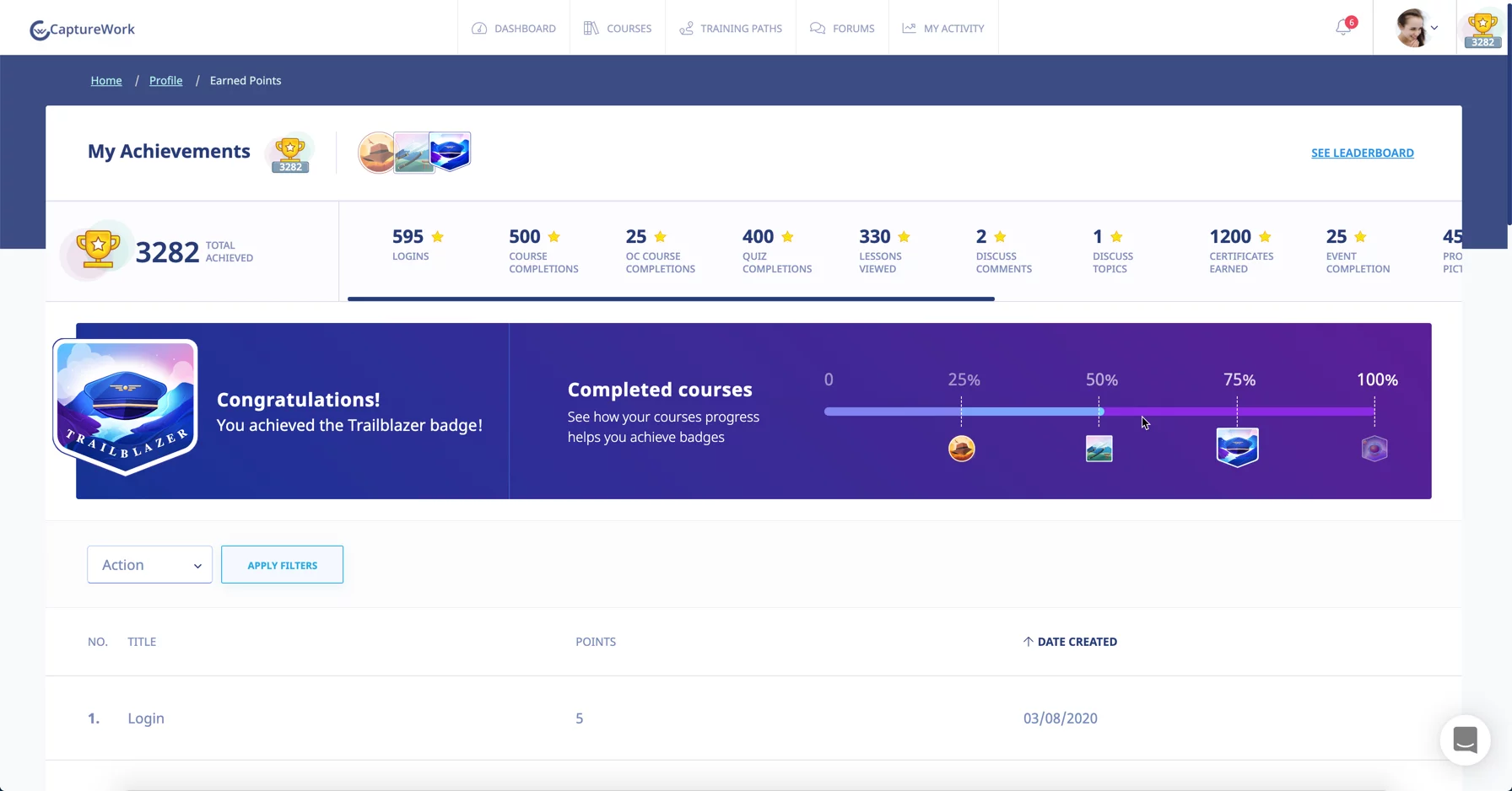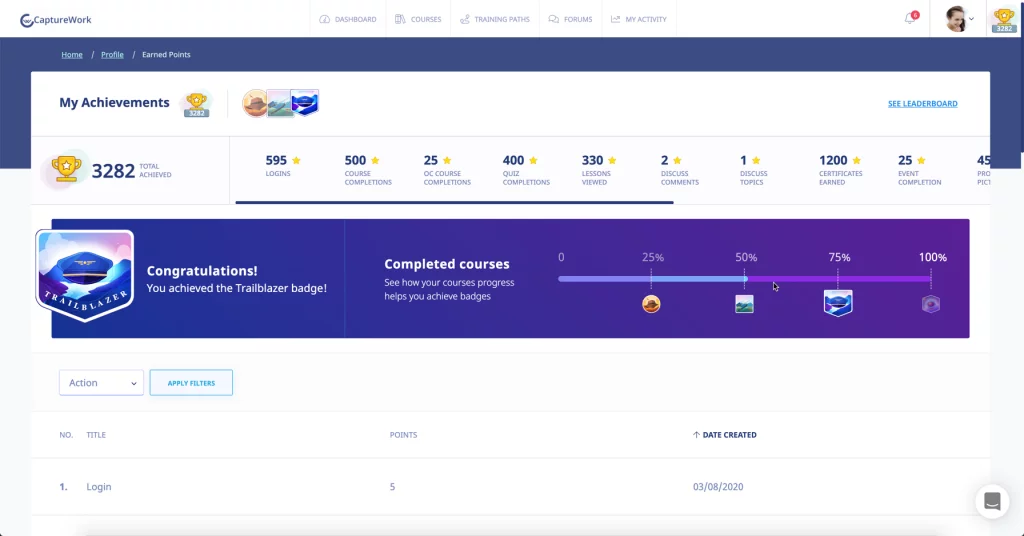Why Your Employee Training Continues to Fail

Here at eLeaP, we not only provide learning management systems to our clients and customers, but we also try to help them understand how to implement effective employee training.
We do that by providing our own courses that companies can use to train employees and through our relevant content. Our customer service team also works with our learning management system customers to ensure that they are making the best use of all the features and tools available through our platform.
Along the way, and often before new clients come to us for learning management solutions, they struggle immensely with employee training. Their training isn’t engaging, and it isn’t effective.
We often hear from people who haven’t yet used our learning management system, and who feel like their current training is wasting time and money, and doing nothing more than increasing a sense of frustration among their employees.
With that in mind, we put together some of the top reasons we see employee training still failing. Below is a roundup of some of the major reasons, which can hopefully help struggling businesses turn their training around, start using a learning management system, and maximizing their ROI.
Training Isn’t Based on the Way Adults Learn
First and foremost, so many companies are continuing to use only classroom training for their employees. Just by taking a look at the psychology of learning, we can see that this isn’t the best way for adults to learn. Classroom learning works well for children—for adults, not so much.
Classroom learning isn’t just boring to employees. The information is hardly retained, and you’re just chipping into work time and diminishing productivity in the name of ineffective training.
A survey from Axonify found that if you ask adult employees what they want in training, 93% say they want training that’s easy to understand and complete. 91% want training that’s relevant and personalized, and 90% want engaging, fun training. None of these objectives can be suitably met in a classroom learning situation, which is why you’ll often hear that using a learning management system is really the only way to go with employee training.
A learning management system tackles the boredom and inefficiency of classroom learning. It is also easy to make this training relevant and personalized, as well as engaging. It’s time-efficient, and you can design learning management system courses that are on-demand and can be completed as an employee sees fit.
This level of personalization meets the needs of adult learners in a way that classroom training is never going to.
There Is No Follow-Up
Even the best learning management system isn’t going to provide much value to your employees if there isn’t any follow-up. Employees need not only the initial training where they learn necessary skills. They need more than that. They need regular, consistent opportunities to build on these skills, put their knowledge into practice and continue growing as an employee.
With these concepts in mind, the vast majority of employees say they want training available anytime and anywhere as they’re doing their job. They want to be able to refer back while they’re actually in the process of putting new skills to work. Most employees also want to be able to choose training times that fit with their schedule, and employees also hold the belief that frequent and regular training is more valuable and more important than formal workplace training.
To address this, there are quite a few specific strategies employers can take. One of the best ways to help keep employees engaged, and boost their knowledge retention is to set up regularly timed releases of follow-up content after an employee has completed training.
Also, within a learning management system, it can be valuable to make a place for employees to collaborate with one another, share ideas and questions, and communicate with one another about the training they’ve completed. That kind of interaction with the content and one another helps reinforce content in training.
Over-Reliance on Technology
We love technology, and we think an innovative, scalable learning management system is absolutely the best way to deliver effective, budget-friendly training to employees.
With that being said, the technology can’t do everything when it comes to training. Instead, a learning management system and any accompanying training technology need to be seen as a tool to facilitate larger goals and objectives.
First and foremost, companies need to do a thorough assessment of their training needs before they implement a new learning management system. They need to make sure that learning management system not only has the features they need in a technical sense but that it’s going to be a good fit for strategic objectives.
Then, training needs to be designed in a way that is based on a framework of business objectives. While a learning management system can do a lot of heavy lifting for businesses, it can’t do it all. You need a core of strong instructional content built on a foundation of achieving very specific, measurable objectives.
There’s No Buy-In From Company Leaders
Still, as far as we’ve come with training technology, e-Learning, learning management systems and the other elements that make for strong training, some company leaders don’t embrace and promote the importance of training.
If a company has leaders who don’t feel like training is an essential part of a successful business, that echoes throughout the business.
When company leaders and managers demonstrate the importance of employee training, it can have excellent benefits. Ultimately, employees are going to feel like the people above them are interested in them doing better, and their career development.
Employees are going to feel like there are opportunities for them to advance in a company if there is a big push for training initiatives. Overall, when there’s excitement throughout an organization for training and the opportunities it brings for the business as a whole but also for individual employees, it’s going to be great for everyone involved.
If company leaders view training as something being done just to check a box, then why shouldn’t employees see it in the same light?